Do you know on average, an adult's skeleton contains 206 bones? The skeleton is the bony inner scaffolding that gives the body shape. A newborn baby actually has more than 300 bones, but as we grow, our bones grow longer ad stronger and some of them fuse together reducing the total number. The bones of the skeleton come in many shapes and sizes which often reflect their function. For instance, the longest and strongest bones are found in the legs which have to carry almost the entire body weight when walking or running. Bones make up about a quarter of a person's total body weight.
Although bones may appear hard, dry and solid, they are actually living tissue containing blood vessels, nerves and cells. We know them best as the framework for the human body but they have many functions including protecting internal organs and producing blood cells. Because bones are living tissue, new bone cells are continually being made to replace dying bone cells. This is why a fractured bone is able to heal.
The blood supply of our organs come from our spine and nerves. Once slight misalignment of the spine, which is mostly without symptoms can affect the blood flow to our organs causing health problems or NON Communicable Diseases (NCD).
| Spine | Affected Areas | Possible Nerve Compression Consequences |
| C1 | Head, Face | Headache, Insomnia, Hypertension, Dizziness |
| C2 | Eyes, Ear Nerve | Earache, Crossed Eye, Ringing Sound In The Ear |
| C3 | Facial Bone, Trifacial Nerve | Facial Pain, Acne, Eczema |
| C4 | Nose, Mount | Deafness, Hearing Loss |
| C5 | Neck Glands, Vocal Cords | Hoarse (Rough Voice), Throat Inflammation |
| C6 | Neck Muscles, Shoulder, Tonsils | Stiff Neck, Pain In Upper Arm, Asthma |
| C7 | Thyroid, Shoulder | Cold, Thyroid conditions |
| T1 | Trachea | Bronchial Asthma, Cough, Difficult Breathing, Pain In Lower Arms |
| T2 | Heart | Palpitation (Irregular Heartbeat), Chest Pain |
| T3 | Lungs, Trachea | Bronchitis, Lung Inflammation |
| T4 | Gallbladder | Gallbladder Conditions, Jaundice |
| T5 | Liver, Blood | Chronic Liver Disease, Fever, Low Blood Pressure, |
| Poor Blood Circulation, Arthritis | ||
| T6 | Stomach | Neural Gastritis, Indigestion, Heartburn |
| T7 | Duodenal (Part of Small Intestine), | Diabetes, Gastritis |
| Pancreas | ||
| T8 | Spleen | Lowered Body Resistance |
| T9 | Adrenal | Allergies |
| T10 | Kidneys | Acne |
| T11 | Kidneys | Kidney Troubles, Hardening of the Arteries, Chronic Tiredness |
| T12 | Small Intestine | Rheumatism, Infertility |
| L1 | Large Intestine | Constipation, Diarrhea |
| L2 | Abdomen | Appendicitis, Difficult Breathing |
| L3 | Sex Organs, Knee | Bladder Troubles, Miscarriages, Painful or Irregular Menstruation |
| L4 | Muscles of the Lower Back, | Sciatica, Pain In Lower Back, Painful or Too Frequent Urination |
| Sciatic Nerve | ||
| L5 | Leg, Ankles, Feet | Poor Circulation In Legs, Weak Legs, Leg Cramps, |
| Swollen Ankles, Weak Ankles | ||
| Sacrum | Buttocks | Curved Spine Conditions |
| Coccyx | Rectum, Anus | Hemorrhoids (Piles), Pruritus (itching), Pain at end of Spine |
| upon sitting |
The strong and strength of bone comes from minerals, such as calcium that are laid down in concentric circles in the bone's outer layer. These minerals are produced by cells called osteoblasts which are found in the bone. In term of nutrition, proteoglycan for daily use and has the function to maintain our healthy bones.
Kindly contact us at 017~702 9925 for FREE consultation or visit our site
Thank you for your support.
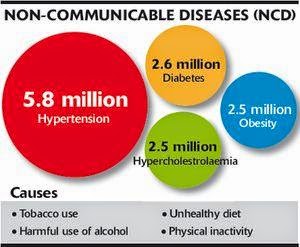
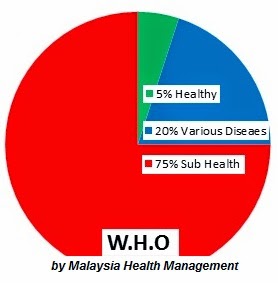
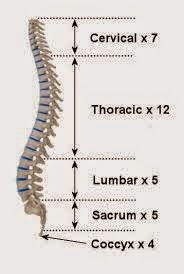
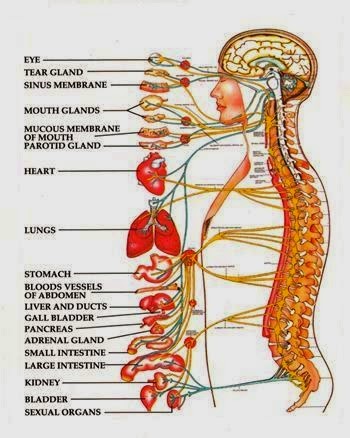

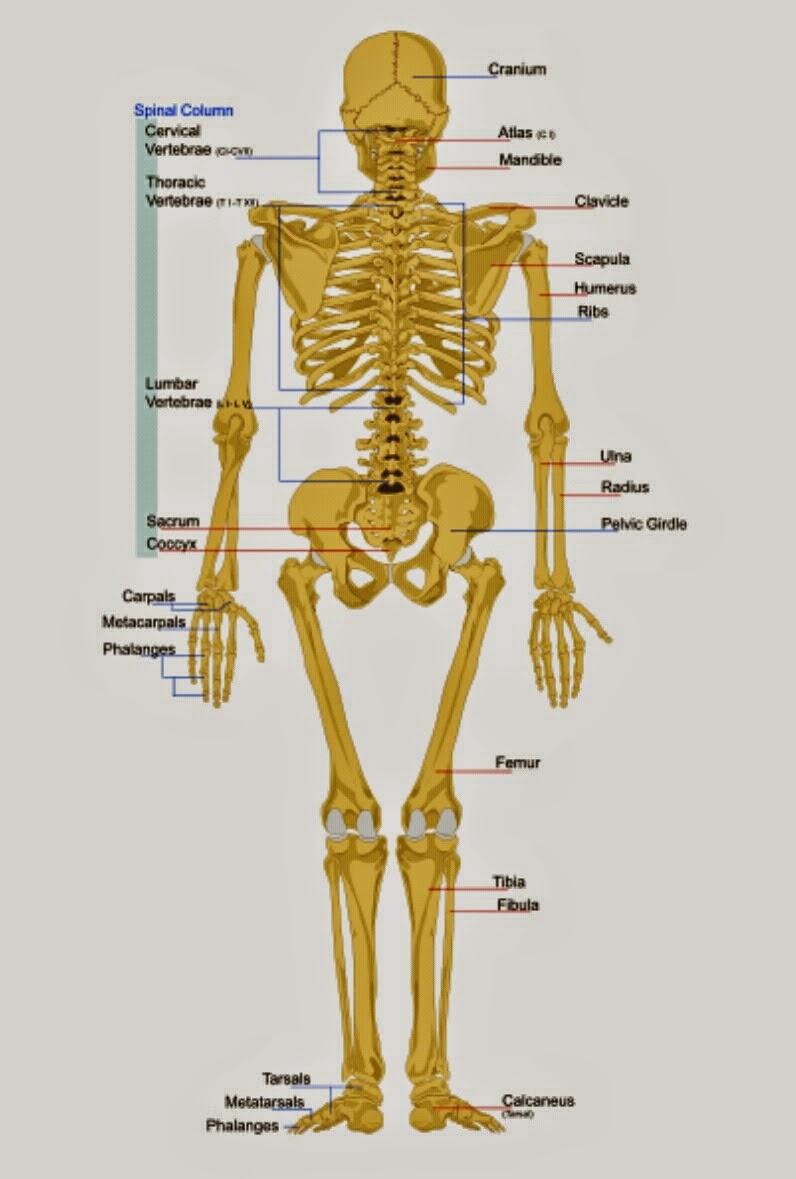
No comments:
Post a Comment